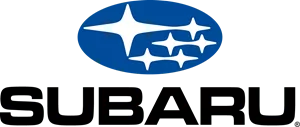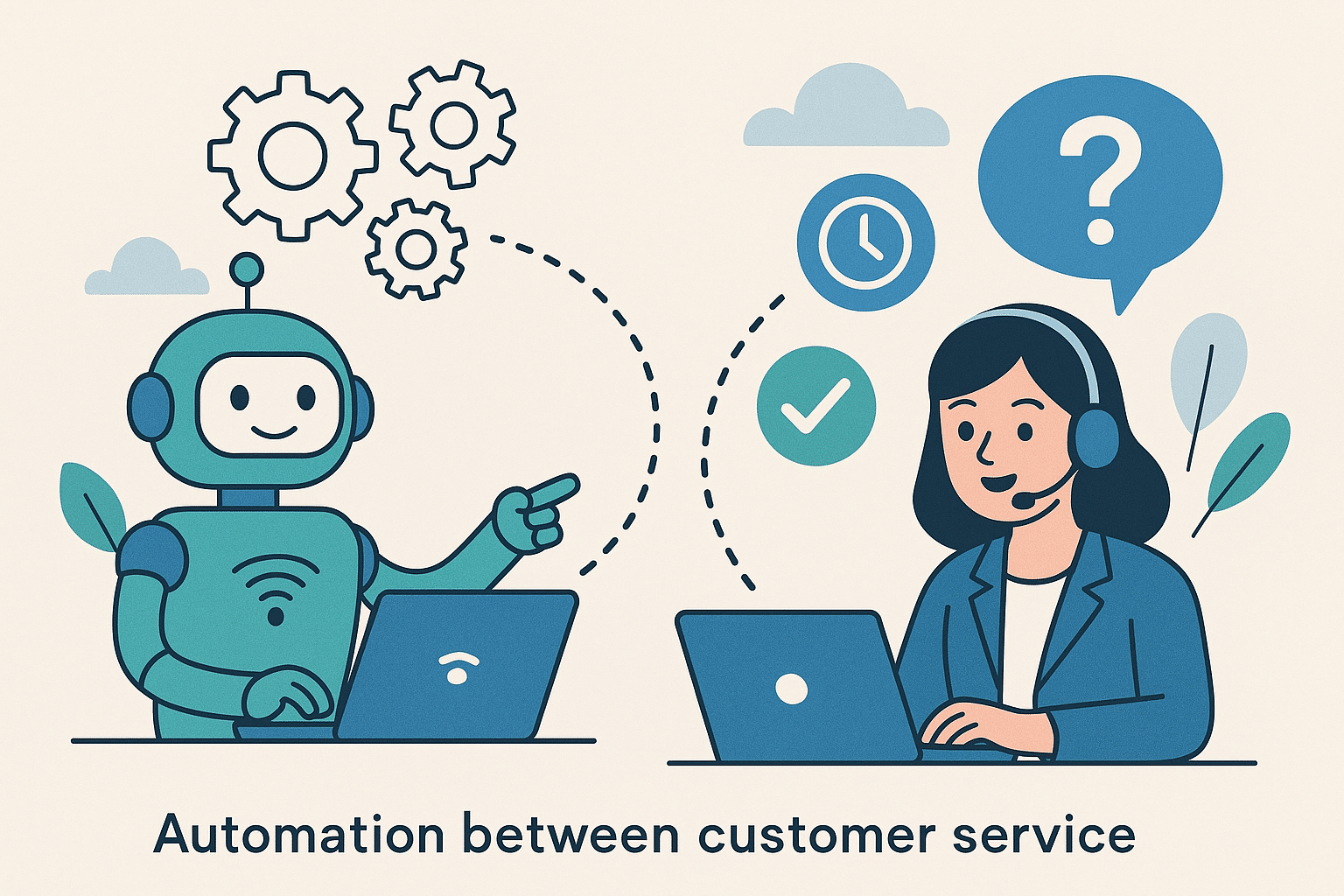Working in a small company makes it easy for employees to overlook compliance, as if it’s just another piece of paperwork, posters on the wall, or policy manuals collecting dust. That is, until a minor inconvenience snowballs into a storm, be it months’ worth of missed overtime pay or uncredited paid leaves.
What started as a quick conversation snowballed into a legal mess, frustrated staff, and leadership scrambling to fix what felt unfixable.
It’s moments like these that we realize HR compliance training isn’t about filling out forms—it’s about protecting trust. And when trust breaks, the costs extend far beyond dollars.
The Core Challenge of HR Compliance Training
Here’s the reality: most employees see HR compliance training as a chore. Managers see it as a time-suck. But the laws keep changing—harassment rules, wage laws, workplace safety, data privacy. Miss one, and suddenly you’re exposed.
Companies can get blindsided because someone didn’t know the proper way to classify an employee or handle a complaint. One oversight, and suddenly you’re sitting across from lawyers instead of employees. HR compliance training is what closes that gap. It’s not glamorous, but it keeps small mistakes from becoming company-wide disasters.
The real challenge isn’t just knowledge—it’s consistency. Employees forget, new managers join, and industry-specific rules can shift overnight. Without a training program that evolves, companies fall behind and risk treating yesterday’s rules as today’s standard.
Why HR Compliance Training Matters Now
Think about how much work has changed in just the last few years. Remote jobs. Hybrid teams. Employees who expect more transparency and accountability than ever before.
When businesses skip HR compliance training, they don’t just risk fines—they risk looking careless. And let’s be honest, reputations are fragile these days. A single frustrated employee’s post online can reach thousands in just a few hours. Training shows you’re paying attention. It shows you care about people, not just profits. That matters—to your team and to anyone watching from the outside.
Aside from internal audit purposes, government scrutiny has also never been greater, as agencies now have access to public records and other information online. Agencies are tightening enforcement, and digital footprints mean missteps are easier to track, uncover, and share with the world. Companies that invest in updated training send a signal not only to employees but to regulators that they’re serious about compliance and accountability.
The Bigger Picture of HR Compliance Training
Good HR compliance training doesn’t just keep you out of trouble—it shapes the culture. According to the Ethics & Compliance Initiative, companies with strong training programs see 40% fewer misconduct incidents. That’s huge.
But beyond numbers, here’s what it really means: employees believe the rules apply fairly. They feel safe. They trust their leaders. And when people feel respected at work, they stick around. Retention goes up. Morale improves. Productivity follows.
That’s the bigger picture—training isn’t about ticking boxes. It’s about showing employees, “we take fairness seriously.”
How Often Should We Take HR Compliance Training
While there isn’t a one-size-fits-all timeline to update your HR Compliance training, here are clear guidelines you can follow to start:
Annually as a Baseline
Most organizations schedule compliance training on a yearly cycle as part of regular employee training & refresher. This cadence works because it keeps knowledge fresh without overwhelming employees.
Whenever Regulations Change
HR Compliance training programs must be proactive and cascade changes in regulation and compliance programs as soon as they happen.
If labor laws, data protection rules, or workplace safety requirements shift, training should be updated promptly. Small changes in regulation can carry big consequences if your employees are left uninformed about the amendments.
When New Risks Arise
For example, the rise of remote work has created new risks related to cybersecurity and digital harassment. Training should adapt as workplaces evolve.
After Internal Incidents
If a company experiences a compliance breach, an investigation, or even a near-miss, it’s an opportunity to update training to prevent recurrence.
Role-Specific Refreshers
High-risk roles—such as those that handle sensitive data or oversee workplace safety—may require more frequent refreshers than once a year.
Think of training updates as regular maintenance for your car. You wouldn’t wait until the engine seizes to change the oil. Similarly, compliance training requires ongoing attention to ensure the organization operates smoothly.
Building Community & Support Through HR Compliance Training
Here’s a secret: HR can’t do this alone. Training sticks when leaders, managers, and employees all play their part.
When a manager models respectful behavior, employees notice. When a team holds each other accountable, problems get addressed before they grow. And when people feel safe raising concerns, trust becomes the norm.
Even outside support—like industry networks or peer groups—can help keep training fresh and relevant. Compliance works best when it feels like a team sport, not an HR lecture.
At its best, training builds a community of shared responsibility. Employees begin to see compliance not as “rules from HR,” but as commitments everyone makes to each other. That sense of shared ownership is what transforms compliance from a burden into a strength.
Examples of HR Compliance Training in Action
Consider a manufacturing company struggling with high turnover. Employees didn’t think management cared about harassment complaints. So the company introduced HR compliance training focused on communication and accountability.
At first, reports spiked. Some leaders panicked, but it was actually a sign of trust—employees finally felt safe speaking up. Over time, incidents decreased, morale improved, and the company saved a significant amount in hiring costs.
Then there’s the cautionary tale: a retailer ignored overtime rules. Managers weren’t trained. Years later, lawsuits forced the company to pay millions in back wages. All because no one took the time for a two-hour training module. That’s the difference—an ounce of training versus years of damage control.
And beyond lawsuits or savings, there are quieter wins. Teams with regular compliance refreshers often see smoother onboarding, fewer misunderstandings, and stronger communication across departments. Those wins may not make headlines, but they make workplaces healthier.
Sustaining HR Compliance Training Over Time
Here’s the challenge: HR compliance training only works if it keeps going. You can’t just run one workshop and call it done.
Smart companies build it into the rhythm of business. They add it to onboarding. They schedule quarterly refreshers. They utilize digital tools to send out reminders when laws are updated. And they actually ask employees for feedback instead of assuming the training landed.
Think of it like car maintenance. Skip the oil change, and eventually the engine seizes. Training works the same way—it’s the upkeep that prevents breakdowns.
Sustaining programs also means budgeting for them. Leaders who treat training as a recurring investment—not an afterthought—are the ones who protect both their people and their bottom line. In other words, consistency pays for itself.
Takeaway: Why HR Compliance Training Matters for Businesses
So, why is HR compliance training important for businesses? Because it’s about more than policies. It’s about protecting people, building trust, and keeping the company strong.
When a company invests in training, it’s making a statement: “We care about fairness. We care about respect. We care about you.” That message carries weight inside the office and outside in the community.
If your compliance program feels outdated or forgotten, don’t wait. Start small, make it practical, and keep it going. Employees notice. Customers notice. And in the long run, it’s one of the clearest ways to show that your business values people as much as results.


















